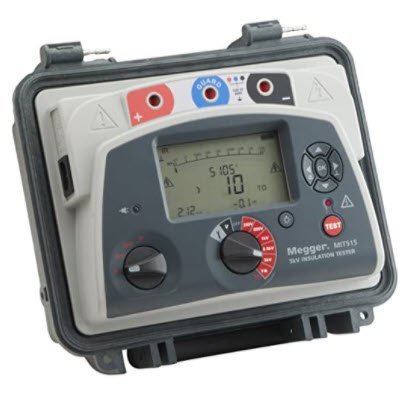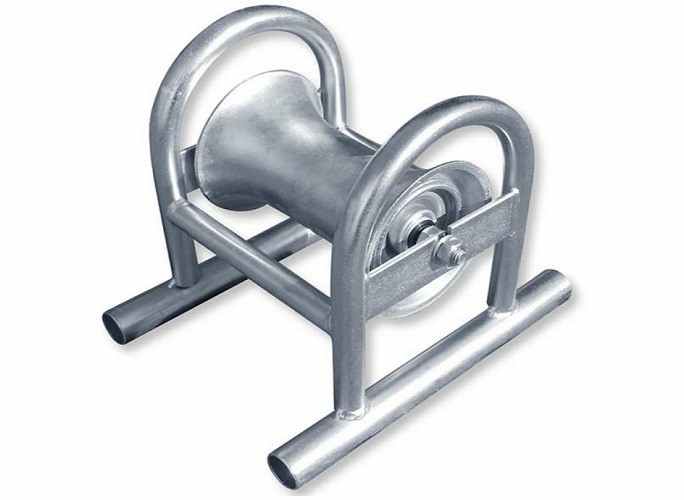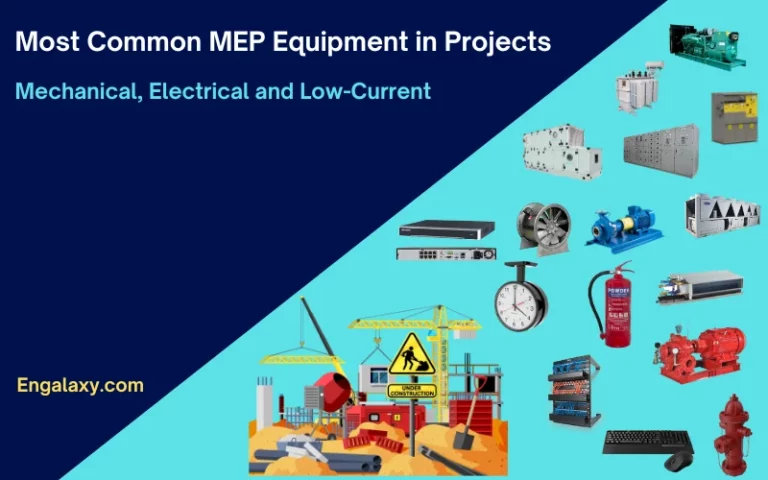When it comes to electrician’s tools in electrical Infrastructure Works, it’s fair to say that every electrician must have these tools otherwise the job can’t be done, and these tools may differ from one to another, this is depending on the type of work they undertake to perform on-site.
Without the right tools for the electricians, the work can’t be done fast and properly.
This is a shortlist of what we believe are the top 10 important tools to be available with the electricians.
1- Cable Insulation Tester tool
This device is an absolute must as it determines/checks the quality of the insulation of the cable and its conductors.
As after you will receive the cable from the cable’s supplier, you need to assure the cable after its delivery and before its installation is OK, without any failure or damage in the outer sheath of the cable, or in the inner insulation of its conductors.
Moreover, you will use this device to check the insulation of the cable after their cable pulling.
You can have a look to this awesome cable insulation tester Megger), click here
2- Side Cutter & Pliers
The Pliers have different shapes for multi-purposes, for example, we have the long nose plier which will be used to twist the ends of copper conductors, or it can be used while fishing the cable through its duct.
Also, we have a side Cutter Plier, which will be used to cut the wires, or we can use it to cut the plastic band which is rolled around the Cable Drum’s Protection Cover and it can be used for other purposes.
Also, we have the traditional Plier which can be used to remove any nails which obstruct the work of the electricians, and it can be used to stripe the wires and so on.
You can have a look at this awesome plier set, click here
3- Cable Rollers
These rollers will be used to guide the cable during the cable pulling process, there are many types of these rollers, like corner roller, straight roller, bell end roller, trench roller….etc.
4- Cable Cutter
We have different types of cable cutters, manual ratchet type, or manual hydraulic type, or hydraulic pump type, or cordless type. The photo of each type will be as follows
After the technicians pulled the cable to its required location with the specified length, no you need to cut the cable, unfortunately, you can find some people cut the cable using a hacksaw frame with a blade, which is not correct and may damage the end of the cable, that’s why you need to use the proper tool which is the cable cutter.
The type will be decided based on many factors:
- The diameter of your cable/conductor.
- The type of cable (armored or not?)
- The available space available during the cutting process
- The available fund for purchasing the cutter, as the price of each one of the previous, differs from the other.
It can be ratchet type or Hydraulic or Cordless

5- Cable Crimper
Now after you pulled the cable, you need to terminate this cable in its panel, regardless of the type of panel that exists in Infra, as we have multiple types of the panel can exist in Infrastructure works (Package Substation, Power Pillars, Feeder Pillar, Street Lighting Panel, …etc.)
So to connect the cable with the panel mostly will be through using cable lugs, and connect the lug with the conductors of the cable, you need to use a cable crimper.
The same as the cable cutter, we have many types of cable crimpers, manual ratchet type, or manual hydraulic type, or hydraulic pump type, or cordless type.
Have a look at this awesome ratchet-type cable crimper, click here
6- Knock Out Hole Puncher
I said earlier, in infrastructure electrical works, you may find many types of electrical panels, and the cables must be connected with these panels either from the top of the panel, so, the cables will penetrate through the panel using a cable gland, and these glands will be the outdoor type.
If you would like to know more about this knock out hole puncher and its die set size, click here
7- Multimeter
This is one of the most important tools which must be available with the electrician, regardless he works in infrastructural works, or in buildings.
Mainly, we use this in infrastructure works to test the continuity of the cables, this is to assure no cut exists in the cable.
8- Cable Socks/Cable Basket/Pulling Grip
We will use this cable pulling grip used to be connected at one end of the cable, this is to help to pull the cable properly. Because if you will use the traditional way by only using a rope without a cable grip, there’s is a chance the rope will be loosened from the cable.
The cable socks/grip constructs of a steel wire mesh surround the cable, and from its other end, it’s a hock in which will tie a rope for cable pulling.
If you would like to see a real product of cable socks/grips, please have a look at this product.
9- Nylon Rope
From the last tool, plus its name, you can know the purpose of this rope, and it will be used to help the electricians pull the cables, it has different sizes and lengths, so, it’s essential to know your requirement before purchasing it.
Here, you can find a good product about nylon ropes
10- Fish tape cable puller
It will be used to pull the cables inside their duct/conduit, mostly it will be from a steel type, and it has different lengths and shapes.
I know there are other important tools and machines that will the electricians in cable pulling in infrastructure like Cable Drum Stand, Cable Pulling Winch, …etc. But if I will talk about all of them, so one post will not be sufficient. So if you would like to get more knowledge and experience about all of them, I advise you to enroll in my Bestseller Electrical Practical Installation Course.
In this course, you will find many practical videos and photos in which I’m explaining the different electrical equipment & their practical installations on-site.
All my posts can be found on this link
Our Premium Online Courses can be found on this link:
Join Our Professional Email List to be notified of the New Courses, Free Downloads, Articles…..and much more















